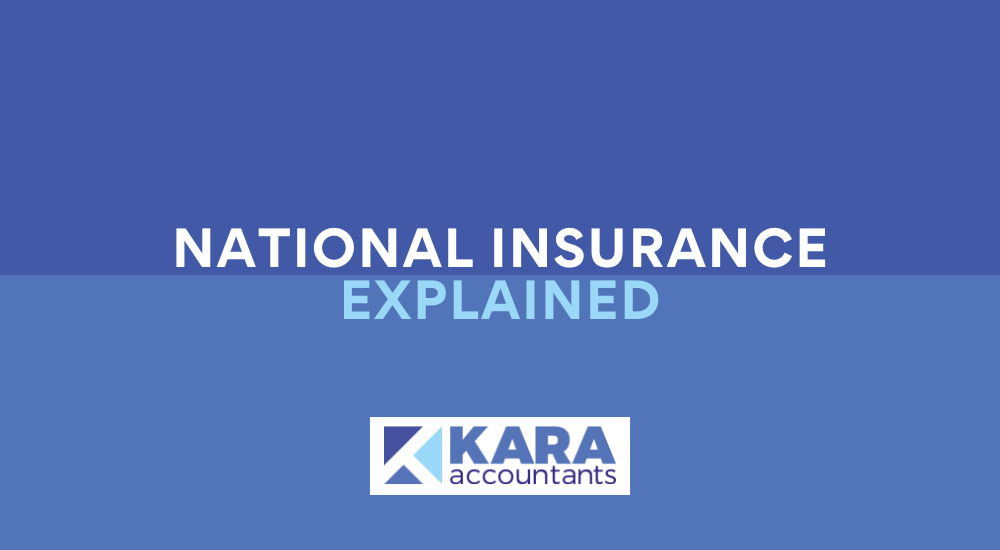
National Insurance Explained
When you see “National Insurance” (NI) on your payslip, it’s easy to think of it as just another tax deduction but it’s much more than that. National Insurance contributions (NICs) play a vital role in funding key public services and securing your entitlement to state benefits, including the State Pension, Maternity Allowance, and certain unemployment or sickness benefits.
In this post, we’ll break down what you really pay, why you pay it, and how it affects your take-home income.
What Is National Insurance?
National Insurance is a form of tax that helps fund the UK’s welfare system. Most working people in the UK pay it whether you’re an employee, self-employed, or a business owner paying for staff.
In return, you build up eligibility for certain state benefits and pensions. Think of it as your contribution to the country’s safety net and your future.
The Different Classes of National Insurance
The type and amount you pay depend on your employment status and income:
Class 1 – For Employees
- Paid automatically through your salary via PAYE.
- Both you and your employer contribute.
- The rate depends on how much you earn.
- As of 2025, employees pay 10% on earnings between £12,570 and £50,270, and nothing above that (though this may change with future budgets).
- As of 2025, employees pay 10% on earnings between £12,570 and £50,270, and nothing above that (though this may change with future budgets).
Class 2 – For Self-Employed People
- A small weekly flat rate, traditionally paid via your Self-Assessment.
- As of recent updates, Class 2 NICs have been simplified and, in some cases, abolished for lower earners but you may still need to pay voluntarily to protect your State Pension record.
Class 4 – For Self-Employed Profits
- Based on your annual profits, not income.
- Typically 8% on profits between £12,570 and £50,270.
Class 3 – Voluntary Contributions
- If you have gaps in your NI record (for example, due to time out of work or living abroad), you can make Class 3 voluntary payments to maintain your entitlement to the State Pension.
Why National Insurance Matters
Paying NI isn’t just an obligation it’s an investment in your future. Your contributions count towards:
✅ State Pension – You usually need 35 qualifying years for the full amount.
✅ Maternity and Paternity Pay
✅ Sick Pay and Jobseeker’s Allowance
✅ Bereavement Support
If you stop paying for a while, you may reduce your entitlement so it’s worth checking your National Insurance record on your GOV.UK account.
How to Check If You’re Paying the Right Amount
Mistakes can happen especially if you’re self-employed, have multiple jobs, or changed employment status.
You can check:
- Your NI category letter (on your payslip).
- Your contributions to date via your personal tax account.
- Whether you could benefit from making voluntary contributions to fill any gaps.
If something looks off, your accountant can help review your NI position and ensure you’re on track for your benefits and pension.
National Insurance might not be the most exciting part of your payslip, but it’s one of the most important. It ensures access to essential support when you need it and helps secure your financial wellbeing later in life.
Need help checking your National Insurance contributions or managing payroll for your business?
📞 Get in touch with our team. We’re here to help you make sense of the numbers and keep your finances on track.

This Post Has 0 Comments